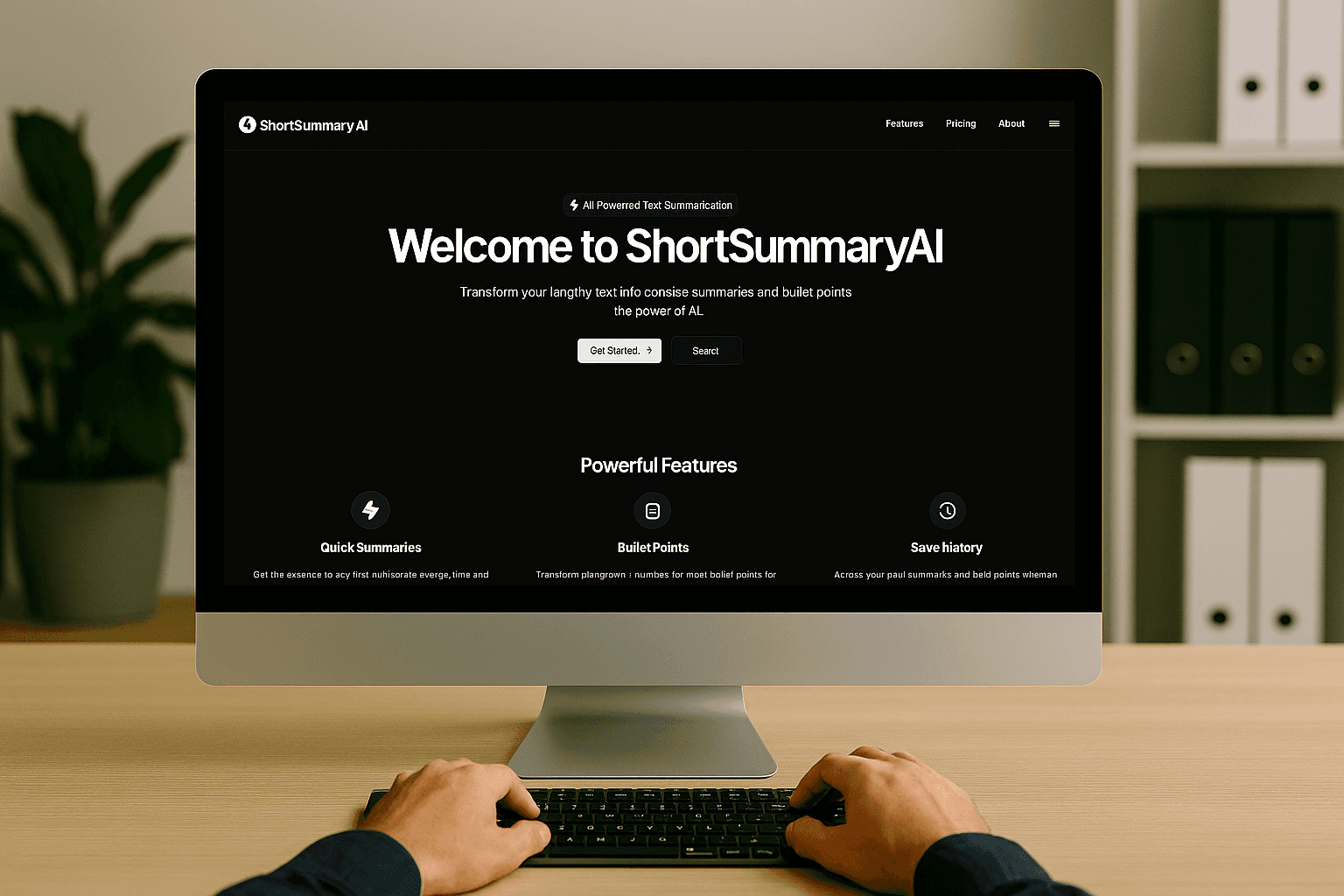
AI / SaaS
ShortSummaryAI: Private AI Text Summarization Backend
Services Provided
Building Intelligent Systems with Open-Source AI
We developed a high-performance, private text summarization tool for a SaaS client, built on open-source AI models and advanced NLP techniques. The backend, designed for high availability and scalability, serves as a mission-critical component for their application.
Stack
Python / Django
Timescale
16 Weeks
Objectives
The goal was to create a secure, self-hosted summarization API that could outperform commercial alternatives in both speed and accuracy for specific document types, leveraging the power of open-source models.
Leverage Open-Source Models
Fine-tune and deploy open-source LLMs from Hugging Face to create a powerful, cost-effective summarization engine.
Implement RAG for Accuracy
Use a vector database and Retrieval-Augmented Generation (RAG) to provide contextually aware and highly accurate summaries.
Ensure High Availability
Design a cloud architecture on AWS EC2 with auto-scaling to handle fluctuating workloads and ensure constant availability.
Challenges
The project required deep expertise in MLOps to optimize open-source models for production use and complex cloud architecture to ensure the system was both scalable and resilient.
LLM Optimization
Fine-tuning and quantizing large language models to run efficiently on EC2 instances without sacrificing summarization quality.
RAG Pipeline Complexity
Building an efficient pipeline for document chunking, embedding, and retrieval to feed the correct context to the AI model.
Infrastructure Automation
Setting up a robust auto-scaling group and deployment pipeline to manage the GPU-enabled EC2 instances effectively.
Key Results
The SummarizeAI backend delivered a powerful, private, and highly scalable solution that met all client expectations for performance and accuracy.
Sub-Second Response Times
The optimized models and efficient backend code delivered summarization results with extremely low latency.
95% Factual Consistency
The RAG implementation ensured summaries were factually grounded in the source documents, a key client requirement.
Seamless Auto-Scaling
The system flawlessly handled load tests of up to 1,000 concurrent requests, proving its production readiness.
Conclusion
The ShortSummaryAI project is a testament to our expertise in applied AI and MLOps. We successfully harnessed the power of open-source models to build a secure, high-performance backend that provides significant value to the end-user. The API was built using Python with Django, Transformers, and LangChain, with token-based authentication and a cryptography setup for advanced security.